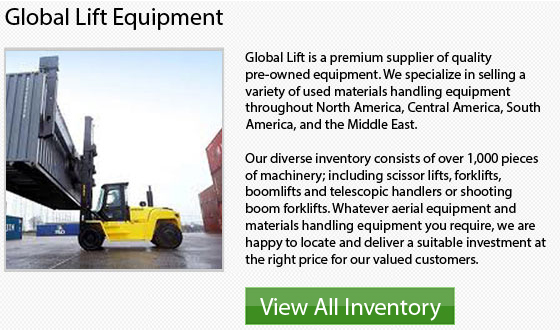
Daewoo expanded into the construction sector, helping the new village movement, a development program for rural Korea. The corporation also took advantage of the burgeoning Middle Eastern and African markets. Daewoo was given its GTC designation at this time. Major investment support was provided by the South Korean government to the company in the form of subsidized loans. South Korea's strict import controls angered competing nations, but the government knew that, without help, the chaebols will never survive the world recession caused by the 1970's oil crisis. Protectionist policies were necessary to make sure that the economy continued to grow.
Daewoo's move into shipbuilding was required by the government, even though Kim felt that Hyundai and Samsung had better skill in heavy engineering and was more suited to shipbuilding than Daewoo. Kim did not want to take responsibility for the largest dockyard in the world, at Okpo. He said lots of times that the Korean government was stifling his entrepreneurial instinct by forcing him to carry out actions based on duty instead of revenue. In spite of his unwillingness, Kim was able to turn Daewoo Shipbuilding and Heavy Machinery into a very profitable corporation making oil rigs and ships that are competitively priced on a tight production timetable. This took place during the 1980s when South Korea's economy was experiencing a liberalization stage.
Throughout this period, the government relaxed its protectionist measures and encouraged the existence of medium- and small-sized businesses. Daewoo was forced to divest two of its crucial textile corporations, and its shipbuilding industry faced stiffer competition from abroad. The government's objective was to shift to a free market economy by encouraging a more effective allocation of resources. Such a policy was intended to make the chaebols more aggressive in their global dealings. Then again, the new economic conditions caused some chaebols to fail. The Kukje Group, amongst the competitors of Daewoo, went into bankruptcy in 1985. The shift of government favour to small private companies was intended to spread the wealth that had before been concentrated in Korea's industrial centers, Pusan and Seoul.